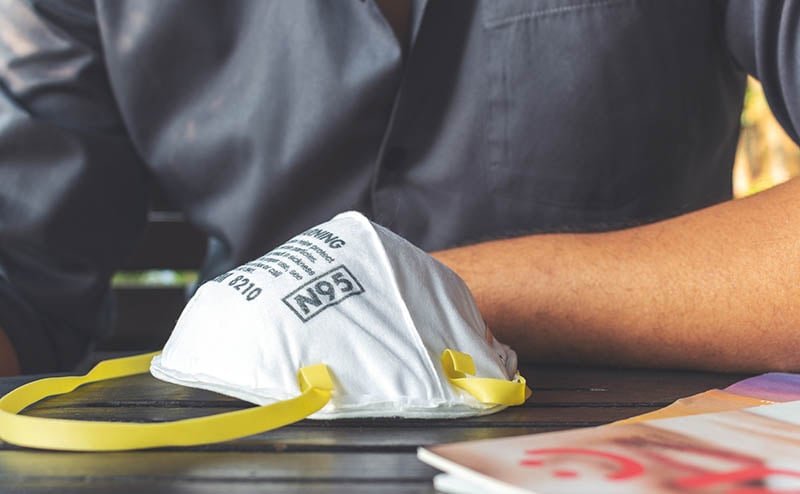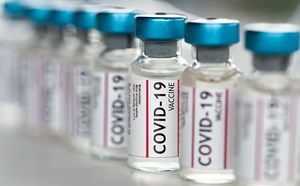The CDC recently updated its strategies for optimizing the supply of N95 respirator masks, and many of the changes came about from meetings between the CDC and ACEP. Your input on ACEP’s discussion forums and participation in our recent polls about PPE use was critical.
The CDC acknowledged that the supply and availability of NIOSH-approved respirators has increased significantly over the last several months. Each facility is responsible for determining if they are in conventional, contingency or crisis supply mode.
The April 9, 2021 updates include -
For conventional capacity strategies, used when there is adequate supply and anticipated supply;
- NIOSH-approved masks with an exhalation valve provide reasonable protection and are as good as a surgical/cloth mask.
- Extended use of N95 respirators as source control is an option and they can be used as source control (as opposed to personal protection) until they are soiled/ damaged.
- Extended use of N95s for personal protection is not a recommendation when supplies are available.
- It should be noted that NIOSH-approved N95s (non-medical) do not have moisture barriers and when there is concern for splash, they should be covered by a surgical mask or a face shield should be used.
For contingency capacity strategies, used when supplies are short:
- Respirators should be prioritized for health care professionals who are using them as PPE rather than those health care professionals who are using them only for source control.
- For N95 respirators used as PPE, N95 respirators should be discarded immediately after being removed. For example, if they are removed for a meal/drink, they should be discarded and a new one applied.
For crisis capacity strategies, used when there are severe shortages of N95s:
- Non-NIOSH approved respirators developed by manufacturers who are not NIOSH-approval holders should not be used.
- Re-uses should be limited to no more than five uses (five donnings) per device by the same health care professional to ensure an adequate respirator performance.
- Decontamination of respirators is no longer recommended.
- Standard surgical or cloth facemasks should only be used as a last resort (when supplies are severely limited) while caring for a patient with suspected or confirmed SARS-CoV-2 infection.
- The CDC removed the table “Suggested well-fitting facemask or respirator use, based upon distance from a patient with suspected or confirmed SARS-CoV-2 infection and use of source control.”





